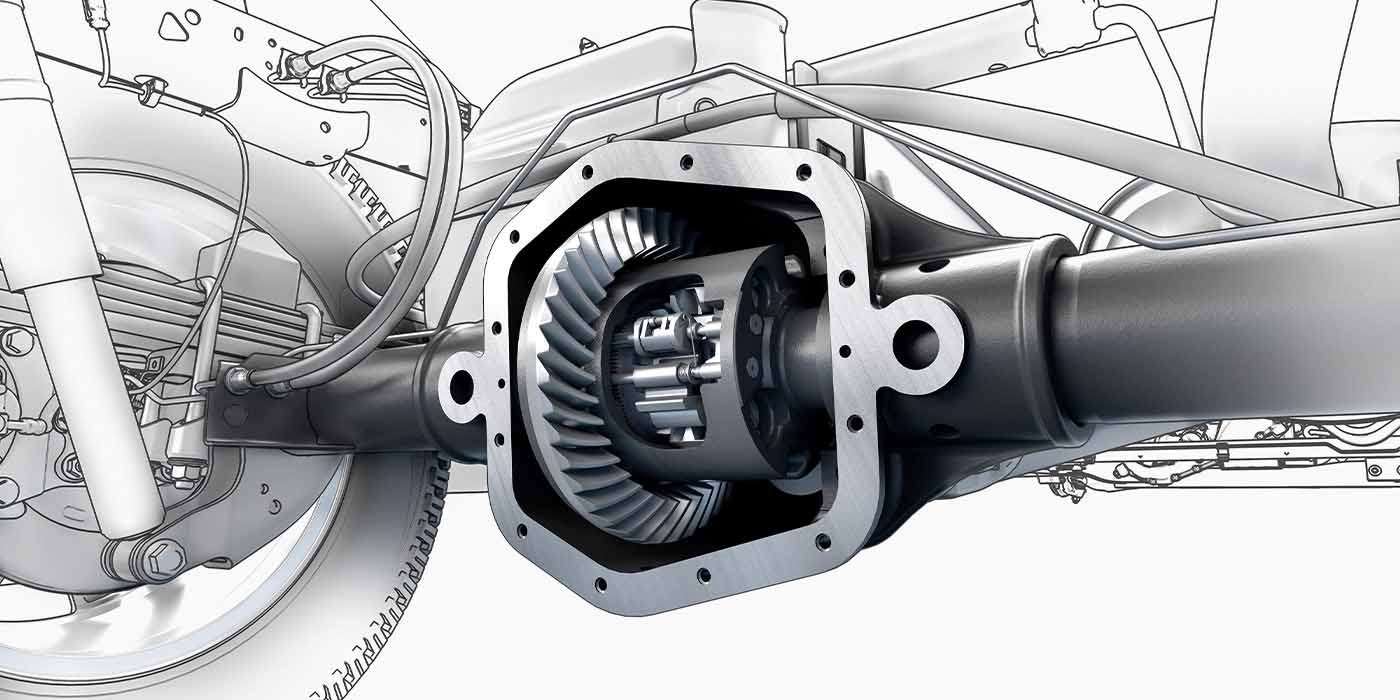Grinding/Rubbing Noise While Braking At Or Below 10 MPH
This tech tip involves complaints about brake noise in a Ford Escape Hybrid’s system.
2020-2023 Ford Escape Hybrid 2.5 FHEV
Some 2020-2023 Escape hybrid vehicles equipped with a 2.5L full hybrid electric vehicle (FHEV) powertrain and 4WD may exhibit a grinding or rubbing noise while braking at or below 10 mph from the front of the vehicle.
This may be due to an inadequate gap between the driveshaft and the heat shield. To correct this condition, follow the service procedure to diagnose and position the heat shield away from the driveshaft.
Transmissions – CVT
Knowing what the common issues are & understanding the options available to isolate & fix problems are the keys to success.

Simplifying AWD Systems
No matter the manufacturer, there is almost always an all-wheel drive (AWD) option.

Manual Transmission Service
Parts that wear out must be replaced.

Transmission Fluid Hydraulics
You need to know how transmission fluid flows inside an automatic transmission.

Other Posts
Advanced Wheel Bearing Diagnostics
Can a bump set a wheel speed sensor code?

How Well Do You Know Your Driveshaft?
There are three types of modern driveshafts with multiple configurations.

Transmission Service
The following is an example of a dishonest vehicle and how to go about catching it in its lie.

Limited-Slip Differentials And Diagnostics
A limited-slip differential helps to control the tangential forces.






